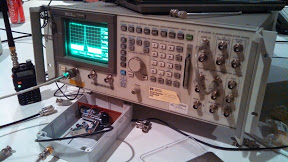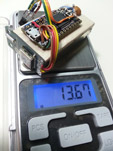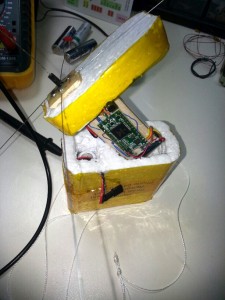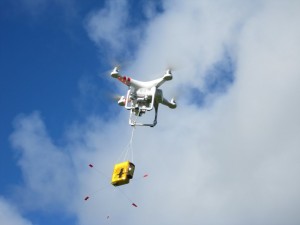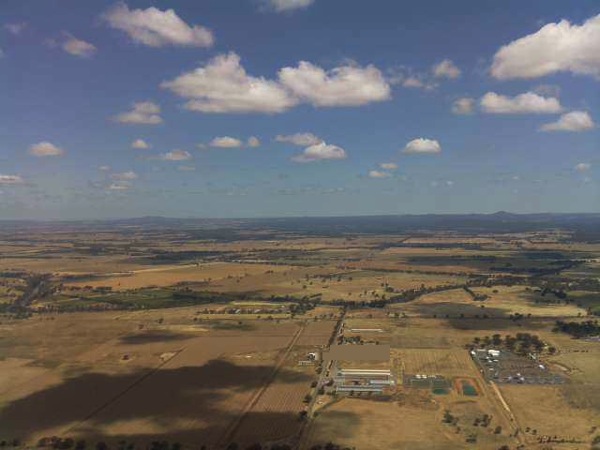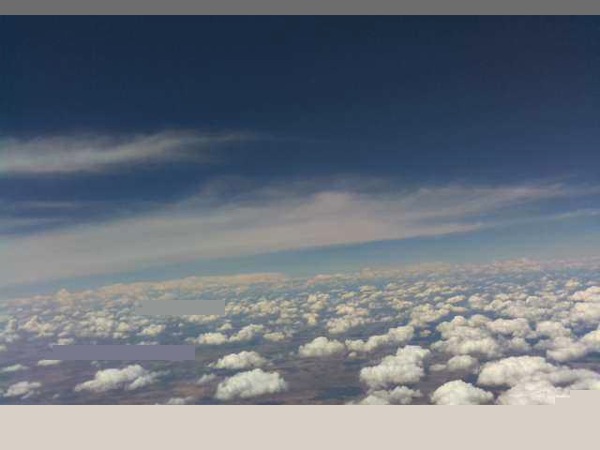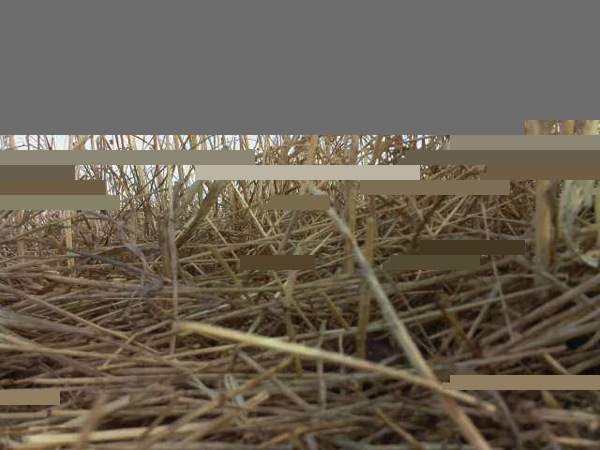Balloon scheduled to release Saturday 25th of October at 10:30am Location Ancona near Bonnie Doon Vic.
Frequency UHF FM 434.650 25 mw
Modes: Thor Telemetry, 1200 FEC Telemetry and SSDV, Olivia Telemetry, 4800 Telemetry and SSDV, 9600 Telemetry
Latest Prediction
__________________________________________________________________
Hi all,
Just a few tips on decoding for Saturday 25th October 2014 based on observation and testing.
Modes
Olivia and Thor (Use FLDIGI)
The payload has a function that sends out a mode identifier (called RSID). For this to work on FLDIGI, you need to click on the RX RSID button top right panel of FLDIGI. This will AutoDetect the Oliva and Thor modes and configure FLDIGI.
Also, there is another configuration item in FLDIGI that searches the entire passband in FLDIGI for the RSID signal. What this means is that, if you have incorrectly set where the frequency of the tones are going to be decoded from, it will automatically detect this and move the decoder where it needs to be. If you do not click on this configuration item, it will not search the entire passband.
The balloon has been registered with HAB and will appear as MTG002. You can download the balloon parameters of the flight (you need to be using the HAB version of FLDIGI)
1200, 4800,and 9600 FEC
To decode this you need the TNCEMULATOR program. With higher baud rates, (especially 4800 and 9600) you need to come out of the discriminator of the radio (or use a dongle like FUNCUBE). 1200 will work from an audio out but the discriminator is still better. With these modes, you need to turn off any extra sound card settings around AGC/ALC enhancements etc. All of these will add distortion to the data signal (audio will sound find, but the data waveform will be corrupted). Also, it is not recommended to use VAC for the higher speeds. This is because they sometimes insert pops and clicks which can wipe out a perfectly good data packet. You will need to adjust audio input levels so that it’s not too loud or too soft going into the application. Red bar about 1/2 to 3/4.
4800/9600
There is a button to reverse the phase called “reverse”. If you are coming out of the discriminator and you are not decoding the packets, then, tick this check box.
SSDV
There is a mode that has been setup called SSDV. On this payload, images will be transmitted using 1200 baud and 4800 baud. All you need to do is select SSDV RX.
General notes
With both programs, you will need to set the call sign and lat,long (decimal degrees) and enable logging. In the TNC program it’s the enable web logging checkbox. In FLDIGI it’s in the configuration item.
Telemetry
SSDV
Modes
Thor Telemetry
1200 FEC Telemetry and SSDV
Olivia Telemetry
4800 Telemetry and SSDV
9600 Telemetry
Above all, have fun on the day ! Cheers /DD VK3TBC

